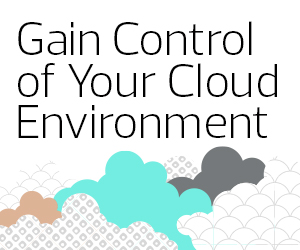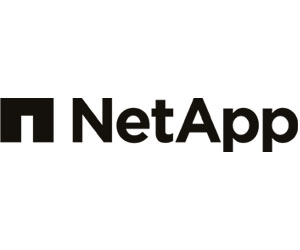Considerations for Hybrid Cloud Management in Healthcare
Raymond says now that it’s become established, the cloud offers the ability to scale performance and storage and right-size environments for high-performing critical workloads like electronic health records systems with a turn of a knob.
“That’s important with an EHR because those relational databases are growing rapidly,” he says. “Health systems can now manage their data on a single platform in a hyperscaler, which doesn’t require them to purchase equipment and install it.”
Raymond explains that with Amazon FSx for ONTAP, healthcare organizations can migrate applications to Amazon Web Services without rearchitecting or refactoring, and enable cloud-based backup and disaster recovery while protecting data and ensuring compliance.
NetApp also offers ONTAP data management for Microsoft Azure through a jointly engineered service called Azure NetApp Files, as well as for Google Cloud. The companies are working together to create a toolkit of integrated services.
“There’s a high value in using the best data management platform that you can, but if you aren’t able to consolidate your patient data under a single platform, it becomes very hard to leverage the cloud,” he says.
Click the banner below to learn more about optimizing your cloud environment.













